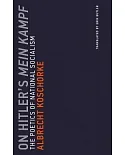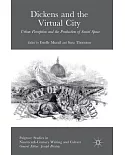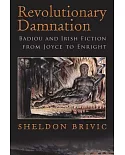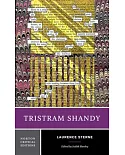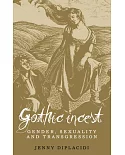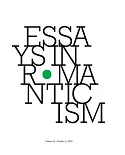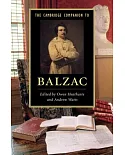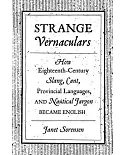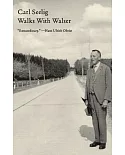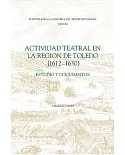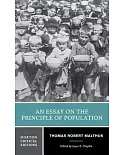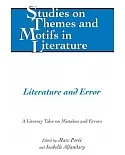This cultural study reveals the interdependence between British Aestheticism and late-Victorian social reform movements. Following John Ruskin, who believed in art's power to civilize the
poor, cultural philanthropists promulgated a Religion of Beauty as they advocated practical schemes for tenement reform, university-settlement education, Sunday museum opening, and High
Anglican revival. Although subject to novelists' ambivalent, even satirical, representations, missionary aesthetes nevertheless constituted an influential social network, imbuing
fin-de-siècle artistic communities with political purpose and political lobbies with aesthetic sensibility.



